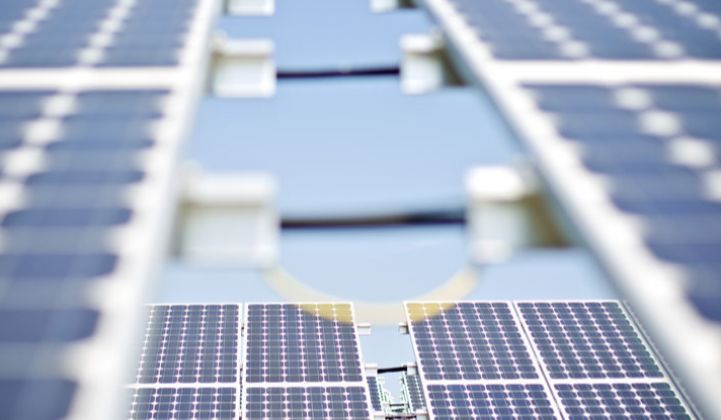New York is aggressively pursuing more renewable energy and has set a challenging target of 50 percent renewable energy by 2030, twice the amount installed in the state now.
Con Edison is willing to play an active role in achieving this goal, including accepting an obligation to procure renewable energy for its customers. Meeting this goal will require an “all-of-the-above” strategy that must include adding large-scale renewable resources such as solar and wind farms.
But it will also force us to answer an important question: Is it better to rent renewable energy projects from third-party developers or to have utilities own those assets for the benefit of all electric customers?
Over the past 10 years, Americans have consistently supported renewable energy. Surveys find that a majority of Americans believe the country should place more emphasis on developing solar and wind resources.
Utilities are stewards of critical energy infrastructure, and their value should not be overlooked when it comes to developing large-scale renewables.
Smaller distributed renewables and large-scale renewables are complementary resources in the state’s clean energy portfolio. Both types of resources will be needed, and New York is now considering its next-generation policy options for developing large-scale renewables. Distributed renewables can provide load relief and serve as alternatives to traditional utility investments; larger, grid-scale projects are a cost-effective way to reduce carbon emissions.
The good news is that utility ownership on behalf of customers is being discussed. The bad news is that the state is still considering procuring large-scale renewables using long-term power-purchase agreements (PPAs) between utilities and third-party developers.
Con Edison believes customers would benefit most if utilities could competitively solicit renewable energy developers to design and construct projects, and then purchase and own the projects on behalf of customers. Our analysis shows that utility ownership can be up to 30 percent less expensive for customers than a PPA with a utility.
There is hidden value in the renewable energy market that policymakers leave on the table when they focus on PPAs with utilities.
Here's a simple way to think about it: is it better to rent or own an asset that will be needed over a long period of time? Owning would be cheaper.
Utility ownership is preferable because it allows customers to benefit directly in future asset valuation, one of the reasons that utility ownership is less expensive than utility-backed PPAs.
Low cost of capital is the key to reducing costs for customers in a capital-intensive industry. Utilities have access to low-cost capital, and financing renewable energy as efficiently as possible should be a primary policy goal.
While developers of renewable energy can secure competitive financing with a utility-backed PPA, their ability to secure it exists because lenders see the contract as supported by utility credit. In essence, it’s the same as the utility financing the project itself.
But with a PPA, any future value from the renewable resource accrues to the developer and not to customers. In addition, if utilities own renewable energy projects, the state will be assured access to those projects -- whereas developers can sell the output of projects they own to out-of-state entities once their initial PPA ends.
There are also other downsides associated with PPAs, since these contracts could reduce the utility’s credit rating, raising costs for all utility customers.
A better model is one that takes advantage of the project design, development and construction skills of renewable energy developers and the low cost of financing and rewards for customers of utility ownership. Utilities can manage solicitations for renewable energy projects from developers who compete to develop, build and commission the projects, and then turn to utilities for ownership and maintenance.
Additionally, the utility as owner can auction off the renewable energy to large customers with business sustainability goals, further reducing the cost of renewable ownership for customers.
Leveraging the capabilities of both renewable energy developers and utilities will help the state meet its renewable energy goals at a lower cost than other models. And that’s worth pursuing for everyone’s benefit.
***
Christopher Raup is manager of the state regulatory affairs group at Consolidated Edison. He represents Con Edison in discussions with New York Public Service Commission personnel and with other state and local regulatory bodies.



